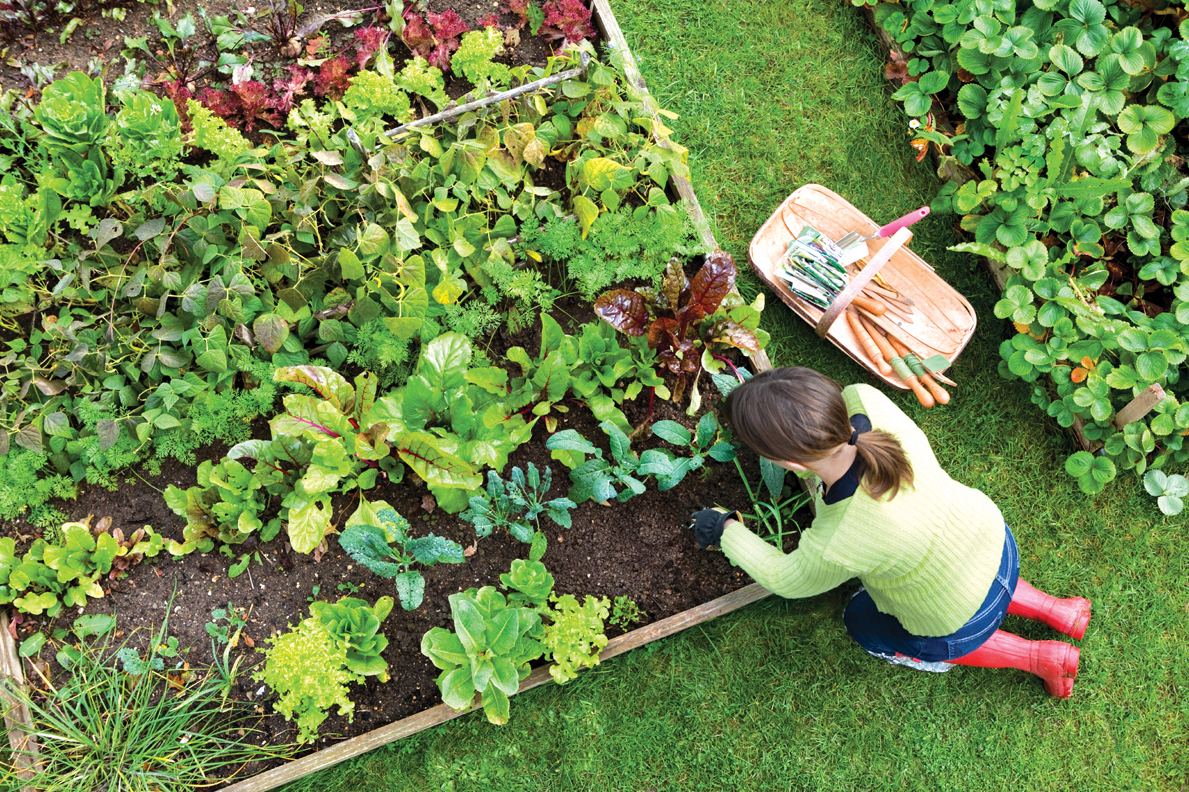Preparing a Vegetable Garden


With growing concerns regarding GMO’s and pesticides it’s no surprise more people are looking for ways to grow more of their own food at home. This can be fairly easily achieved with a little elbow grease and some basic gardening know-how.
Location, Location, Location
Consider what you want to grow and what the sunlight requirements are for each plant. Most veggies are going to want about 6hrs of sunlight per day. The exposure itself is less important than the total hours of sunlight, consider however that afternoon sun is stronger than morning sun and can result in the need for an enhanced watering schedule. Water in the morning to allow water to evaporate throughout the day rather than sit on the leaves and ground overnight, a breeding ground for mould and fungal diseases.
The Dirt on Dirt
You need good soil, we harp on this fact ALL THE TIME in our blogs and we know it. But really it’s true, even the most hardy of vegetables are unlikely to thrive in poor soil conditions. The time is now to turn the soil as it is still wet but no longer muddy or frozen, use a spade or shovel to dig approximately 12″ into the ground. Fold in approximately 4″ of organic material such compost or manure along with any other required amendments. Loose soil provides more air space for the plants to breathe and for water to reach the root systems.
The Planting Plan
Consider the future height and growing habits of the plants you will be tending, cucumbers, zucchinis and beans will climb and can be placed against a structure with a trellis, or a fence to maximize space. Taller plants like corn should be placed in such a way not to cast shadow on smaller plants during peak sunlight hours. Certain vegetables can be planted to maximize yield through interplanting and succession planting. Essentially using either grow time or maximum height as the metric by which you organize your rows. I have successfully interplanted tomatoes and lettuces as the lettuce reaches full height long before the tomatoes.
Keep it clean
Learn about and prepare your arsenal of organic fertilizers and natural pesticides. You WILL need these. Veggies are not only delicious to us but attractive to all sorts of pests, from bunnies and deers to Japanese beetles. There are lots of options available at Ridgeview and we’d be happy to discuss them with you. Don’t start out with organic only to add harmful compounds by your own hand.
Choose wisely
Beans are easy to grow but… you don’t eat beans? For the love of Pete don’t bother! Or consider 1 bean plant, not 4. Even though many vegetables come in multiple cell packs consider how many you can truly eat. If you don’t intend to can you’re best to develop a garden than delivers a slow an continual yield for as long as possible. Again I’ve learned the hard way that I’m the only person in my house who likes peppers and that a 6 month supply of chopped peppers in the freezer is more than I care to manage. Canning is a better option, but be ready to commit. There’s nothing more satisfying than picking and processing your own vegetables, but temper expectations of both the plot and yourself. This ensures an enjoyable rather than overwhelming gardening experience.

